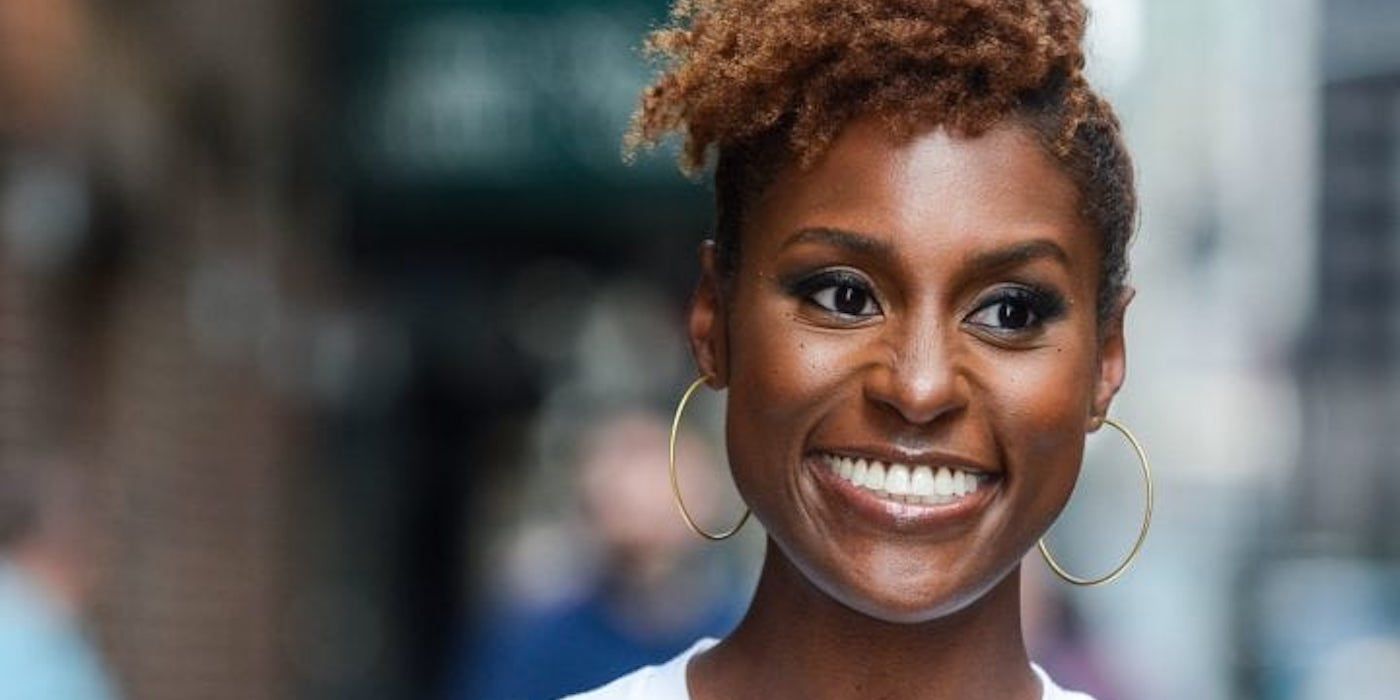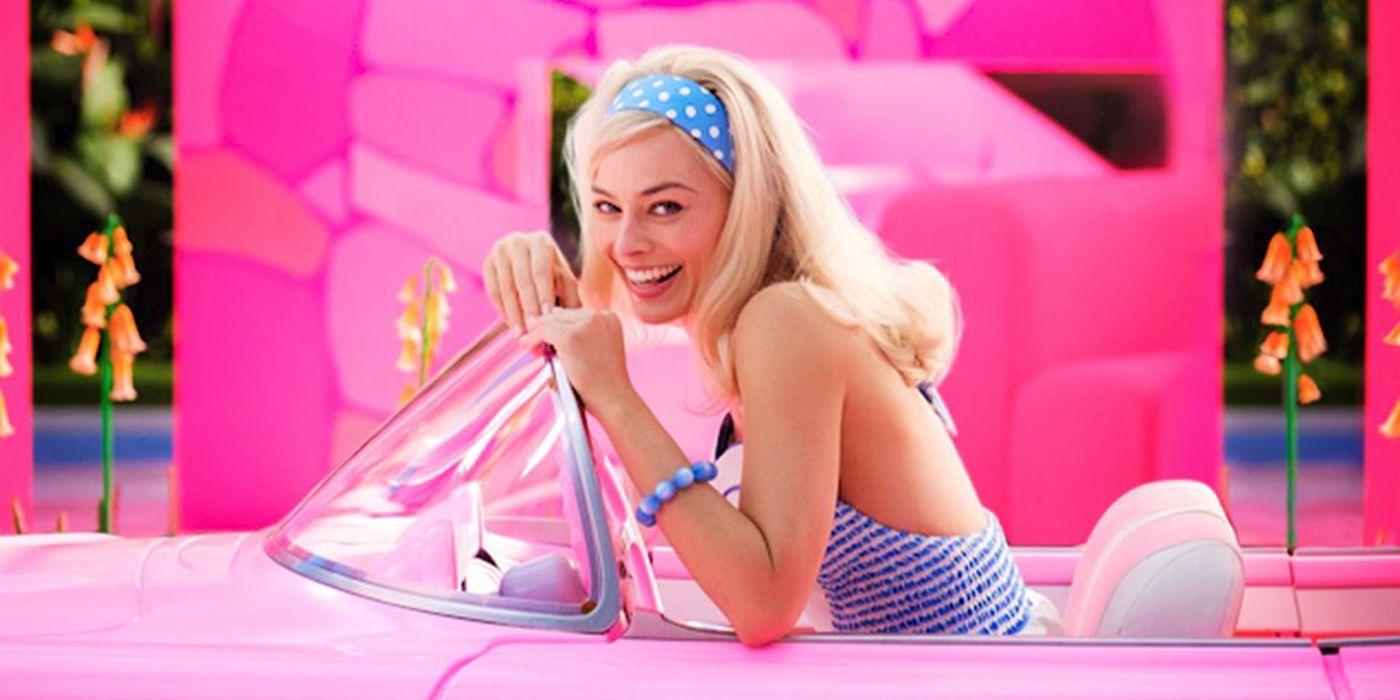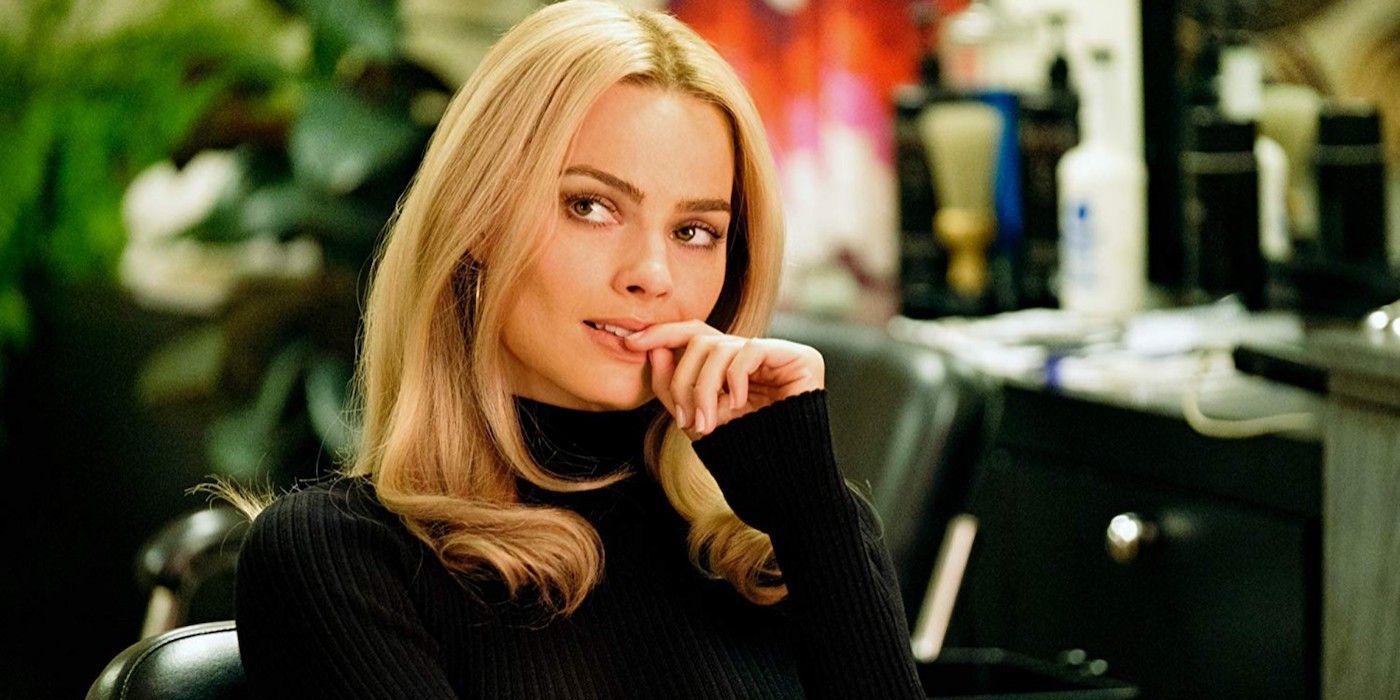Years have gone by since Barbie's launch in the late 50's and her ever-growing presence in media. From animated franchises to video games, the brand has developed from a simple doll to a whole Barbie World. With the surge of toys being transported to live action films, Barbie has not been disregarded from the trend. As announced in 2019, Little Women director Greta Gerwig is taking the lead behind-the-scenes in the upcoming live action Barbie. Her long-time screenplay collaborator, director Noah Baumbach, is working alongside Gerwig to come up with a unique take on the doll universe that we grew up with. The production already has a starlit cast and lots of buzz regarding its secretive plot. Yet, what really stands out from all the news so far about the film is that it will incorporate a multiverse approach. In addition to having Margot Robbie and Ryan Gosling portray the female and male version of the doll according to its stereotypical appearance, there are a few other exciting names set to occupy these roles too.
In the same way that Spider-Man: No Way Home had multiversal Spider-Man variants on screen, this live-action will feature different actors playing the toy couple. Issa Rae and Hari Nef will also play Barbie. The same goes for Ken, who will be portrayed by Simu Liu and Ncuti Gatwa. Having a diverse cast portraying the Mattel dolls is a big deal, and it subverts the stereotypical beauty standards that are often linked to them.
Ever since the iconic doll went on sale, Barbie’s success amongst young girls has never wavered. Blonde, thin, and always in a fashionable outfit, the doll often brought a single outlook when it came to beauty. The same also applies to her male version, Ken, who is always tanned and fit. Although Barbie and Ken have been available in toy store aisles all over the world for quite some time, the lack of diversity within their production line for most of its run is an evident push factor when it comes to children feeling represented by their toys. Instead, they would grow up with the notion that the perfect appearance had to fit all the boxes that the popular Mattel products marketed. This has lead many of these same kids to develop insecurities, adhere to unhealthy eating habits, and rely on plastic surgeries during their adulthood.
Although we have seen Barbie's brand evolve with time and celebrate different ethnicities and body types, the beauty standard of the blonde and skinny version continues to affect generations of girls and boys growing up. With this in mind, having BIPOC and LGBTQ+ actors portraying Barbie and Ken in the big screen comes in handy to ensure that no matter the way you look or who you are, you can be just as beautiful and appealing. Bringing the multiverse concept to the film is a great way to demonstrate acceptance towards realistic appearances and shake away from the urge to meet the requirements imposed by a single example of perfection. The inclusivity aspect in the film might be just what the brand needed to rectify the problems associated to having the doll as the first role model that children look up to.
Nevertheless, having various actors taking center stage in these roles isn't enough to make a difference. The attention to details when it comes to each Barbie and Ken variation is what will ultimately make the Greta Gerwig production purposeful. If only Margot Robbie and Ryan Gosling's portrayals are the ones given the most notoriety, than the film would still fall into the traps of faulty diverse casting. This means that although there are different actors playing the dolls in the film, only the ones that fall into the same traditional Barbie lens deserve the apraise.
In order to make this adaptation meaningful when it comes to the Barbie brand, it must weigh in on the importance of inclusivity in societal's perception of beauty. In addition, it must acknowledge that each person with their own appearance can be pretty and special in equal amounts. After all, it is about time for kids and adults to relate to Barbie in a positive light, which is the exact change that this film can make if it is done properly.



